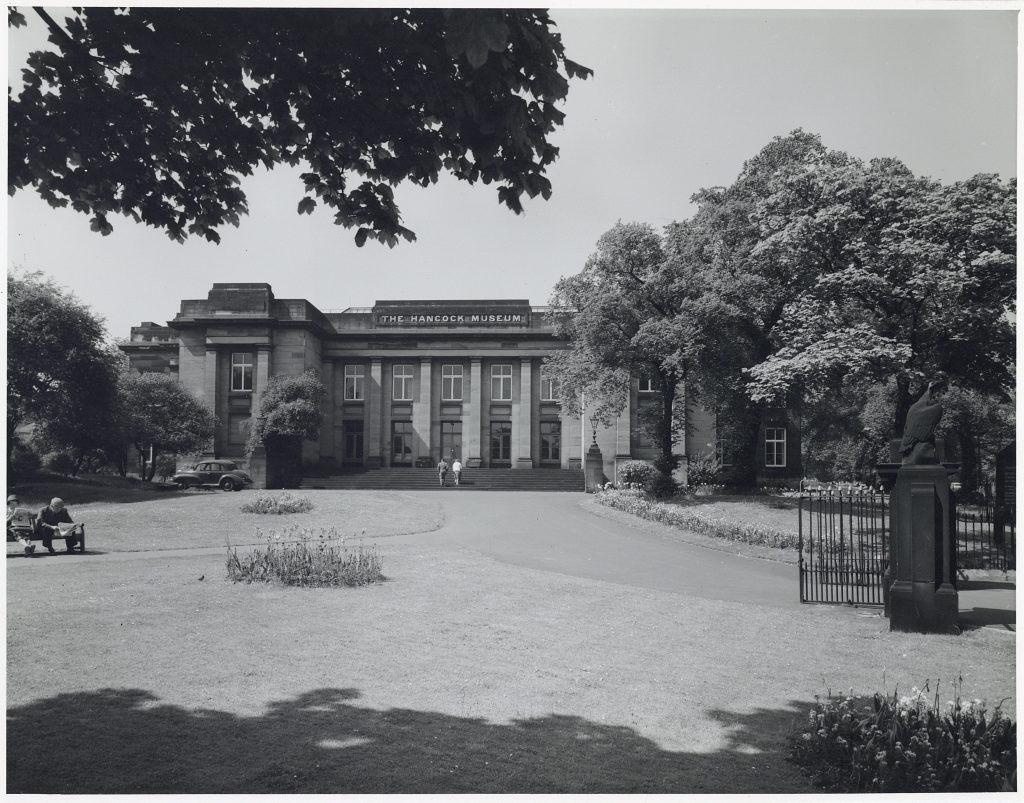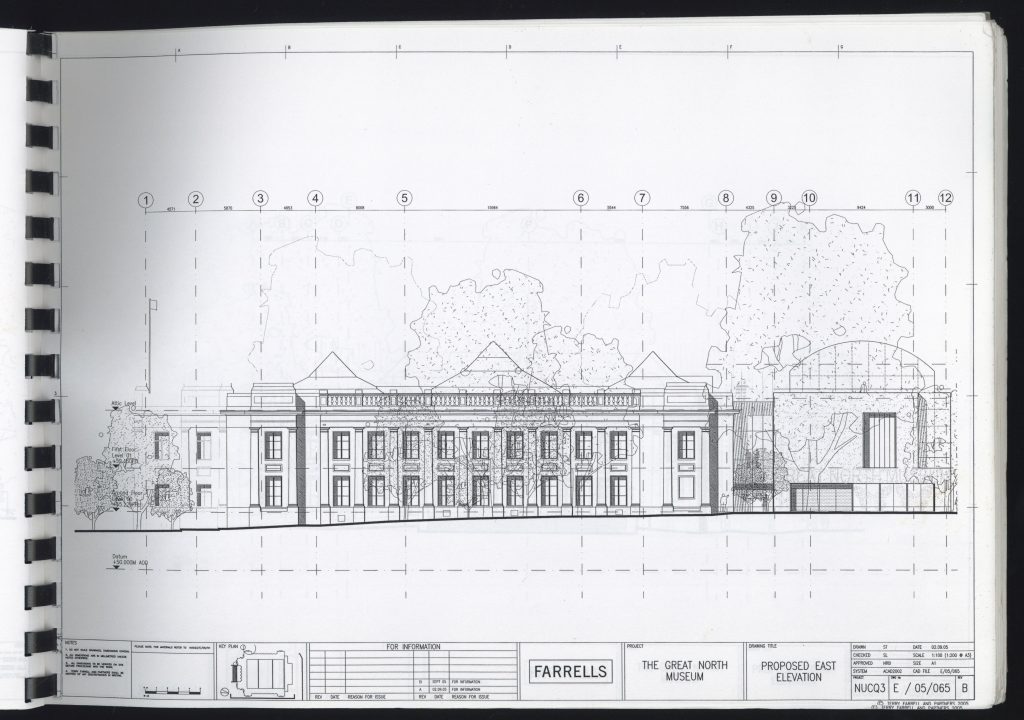
In 1834 the Natural History Society of Northumbria opened their first museum to the public after a successful fundraising effort. As their collections grew they required more space and raised funds to build the present museum building which opened in 1884. In the 1891 the museum was renamed to honour John Hancock. Hancock was born in 1808 near the River Tyne and grew up with an interest in wildlife and nature. He developed skills in taxidermy, for which he would become nationally known, after contributing a collection of mounted birds to the 1851 Great Exhibition. Many of the specimens he prepared are owned by the Natural History Society of Northumbria to this day.
A struggle to raise funds after the Second World War saw the building and collections leased to Newcastle University in 1960. Since 1992 the museum has been managed by Tyne and Wear Archives and Museums on the University’s behalf.
In 2006 a £26 million programme was started to extend and refurbish the museum which included moving Newcastle University’s Museum of Antiquities and Shefton Museum collections into the extended building. The project, completed in 2011, included an extension designed by the practice of renowned architect, and Newcastle University graduate, Sir Terry Farrell. His extensive archive is now cared for by the University.


Learn more about the Great North Museum: Hancock on their website.
Sources
Great North Museum Hancock (2021) About the Great North Museum: Hancock. Available at: https://greatnorthmuseum.org.uk/about-us/about-gnm
Natural History Society of Northumbria (2020) John Hancock: A Biography by T Russell Goddard (1929). Available at: https://www.nhsn.org.uk/john-hancock-a-biography-by-t-russell-goddard-1929/
Natural History Society of Northumbria (2020) Our story so far. Available at: https://www.nhsn.org.uk/timeline/
Want to learn more about the history of Newcastle University campus? Why not explore all the articles in our Campus Tour blog series.
